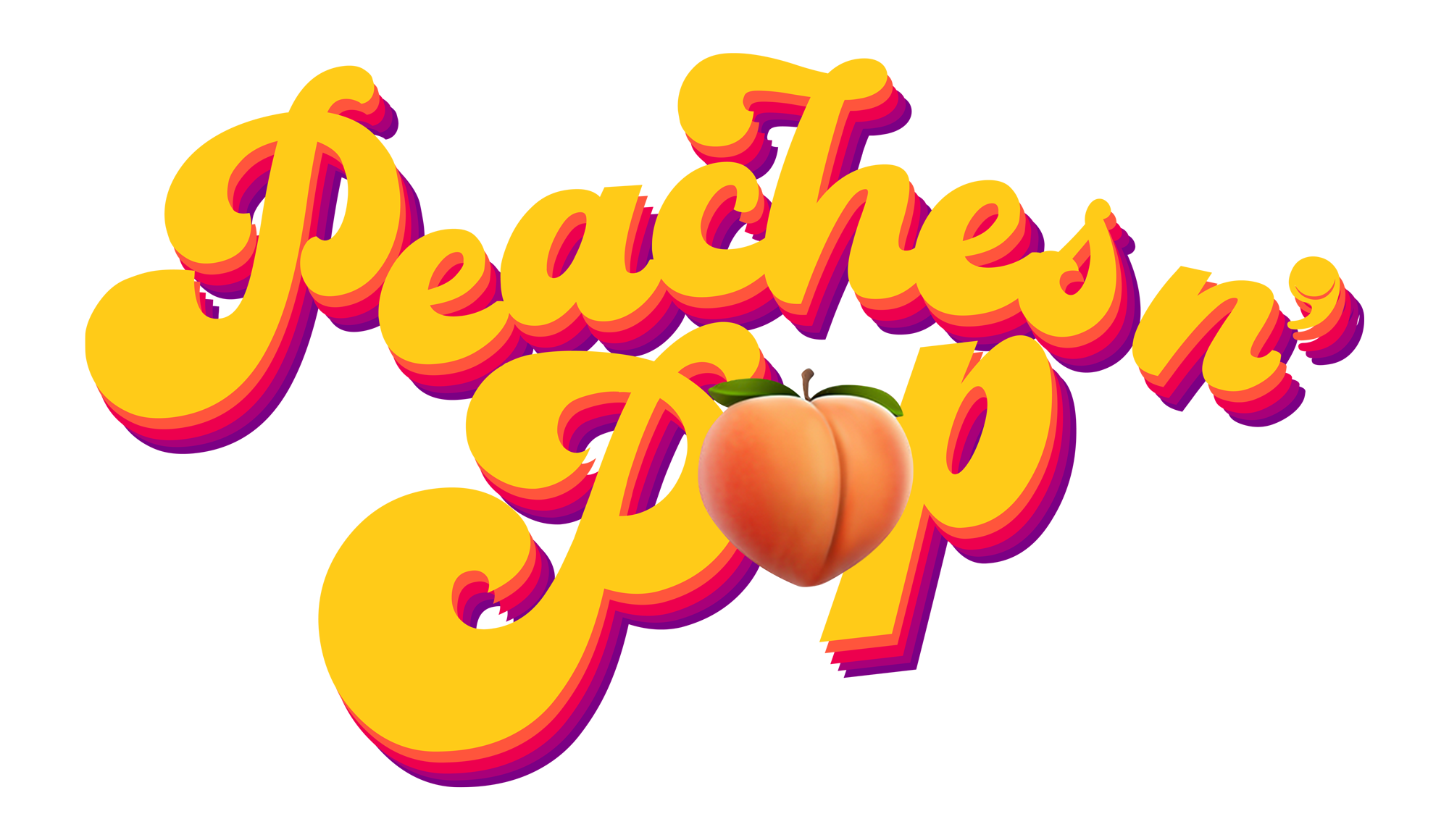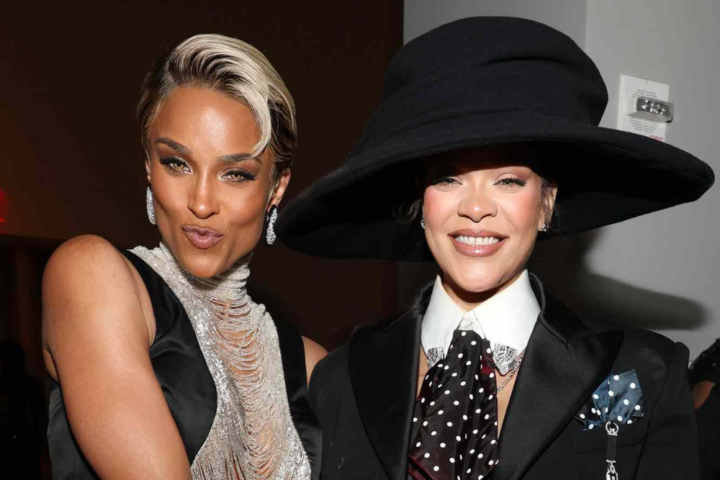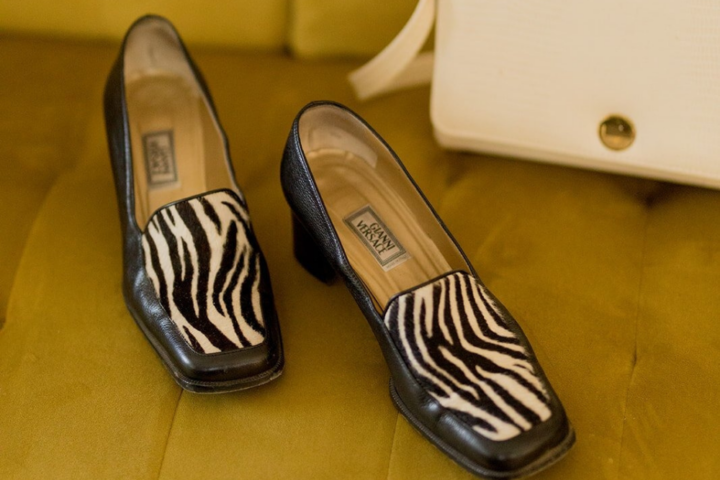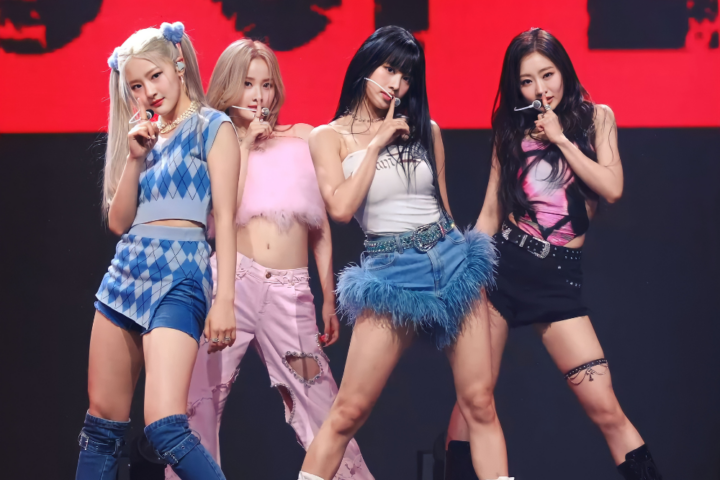Navigating the dynamic fashion industry is essential for designers aiming to stay ahead. This month, BoF Careers offers critical insights tailored to help design professionals thrive, whether during job interviews, promotions, or daily tasks. By synthesizing data from diverse sources, BoF Careers delivers the latest trends, challenges, and opportunities in the fashion world.
Rising Trends & Industry Dynamics
- Dupe Culture’s Surge: Driven by social media, the rise in “dupes”—affordable replicas of high-end products—is reshaping consumer behavior and impacting independent brands. As social platforms promote alternatives to pricey items, the ethical boundaries between dupes and counterfeits blur, leading to wider adoption of this trend.
- Smart Fabrics Revolution: The apparel industry is witnessing a transformation through smart fabrics, which integrate technologies like flexible electronics and sensors directly into textiles. These innovations not only enhance fashion aesthetics but also offer functional benefits, such as health monitoring and temperature regulation, marking a shift toward more interactive and responsive garments (ApparelMagic).
- Gucci’s Sales Dip: Kering, Gucci’s parent company, reported a significant 20% drop in sales this quarter. Despite this, Gucci remains committed to transformation, focusing on quality and market adaptation, though it may take time to see results.
- 3D Printing in Fashion: 3D printing technology is revolutionizing both design and manufacturing in fashion, enabling intricate patterns and on-demand production. This technology reduces waste and aligns with the industry’s growing focus on sustainability, offering a new approach to fashion manufacturing (ApparelMagic).
- Fashion-Football Fusion: Labrum London partners with Arsenal FC to design their 2024/25 away kit. This collaboration marks a new era where independent designers influence mainstream sports apparel, blending fashion with athletic culture.
- Biotechnology’s Role in Apparel: Biotechnology is increasingly significant in fashion, enabling the development of bio-based clothing and sustainable manufacturing processes. Innovations like lab-grown textiles and eco-friendly dyes are setting new standards for sustainability in the industry (ApparelMagic).
- Tom Ford’s Creative Shift: Peter Hawkings exits as Tom Ford’s creative director. The brand, grappling with a slowdown in luxury demand, must now find a new leader to navigate this challenging period.
- Circular Fashion & Resale Market: The trend towards circular fashion and the booming resale market is challenging the traditional “buy-use-dispose” model. Consumers, especially younger demographics, are increasingly valuing durability, recyclability, and sustainability, driving a more eco-conscious fashion lifecycle (ApparelMagic).
By staying informed about these developments, fashion designers can better position themselves within the industry, remaining adaptable and ahead of the curve.





